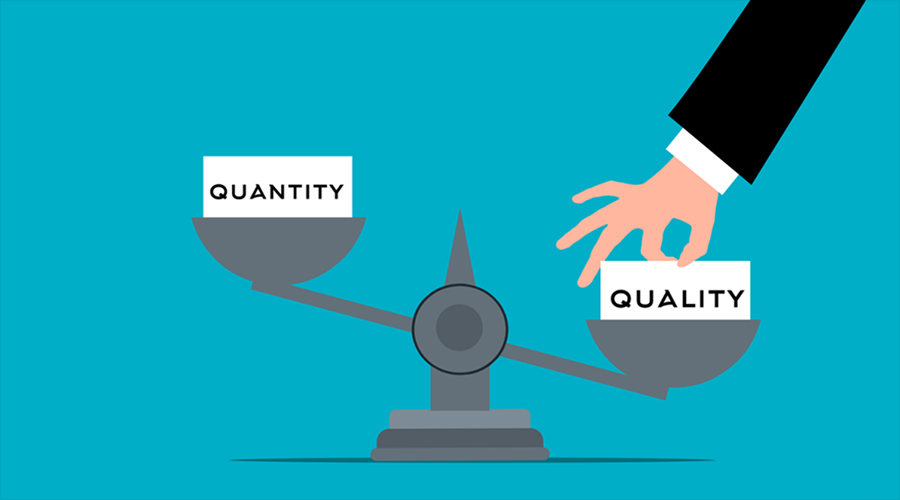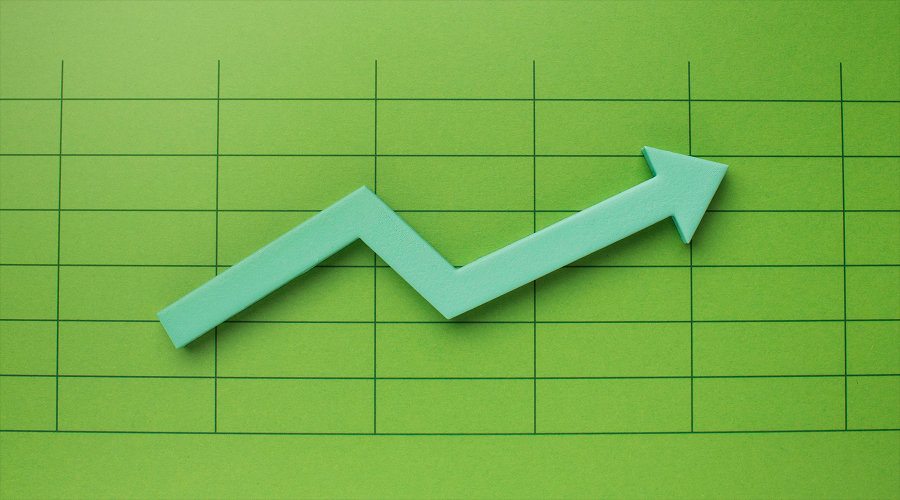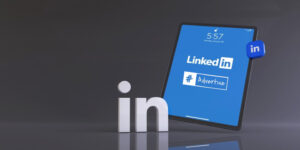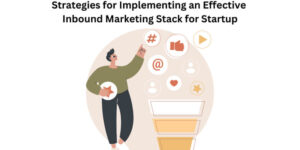
Customer Acquisition Cost is supposed to scale down as your business matures. You get better at targeting, messaging sharpens, brand recognition builds, and everything becomes more efficient… in theory.
But in reality, a lot of SaaS companies find the opposite happening. As they scale, CAC creeps higher. Campaigns get more expensive. Channels become less effective. Lead quality drops, and every new customer takes more budget and more effort to convert.
So what’s going wrong?
More Competition, Same Channels
The playbooks are saturated. Everyone’s on LinkedIn, everyone’s running Google Ads, and everyone’s writing “thought leadership.” As more companies target the same ICPs with similar tactics, paid channels get pricier and organic efforts take longer to cut through.
And the issue isn’t just CPMs or CPCs, it’s conversion rates. You’re not just paying more for visibility. You’re paying more per actual customer because attention is fragmented and trust takes longer to build.
Quality vs. Quantity: A Lead Problem, Not Just a Spend Problem

Many B2B SaaS teams push harder on ad spend to fill pipeline, thinking more leads = more revenue. But if those leads aren’t properly qualified, or worse, never had true intent in the first place, your CAC balloons while downstream metrics stall.
It’s easy to focus on top-of-funnel metrics like CTR and CPL. But when MQLs don’t convert to SQLs, and SQLs don’t close, you’re not just wasting money, you’re feeding a broken system.
Also Read: Smart Ideas To Scale Your SaaS Business
What’s Causing CAC to Rise? The Usual Suspects

Some of the most common causes are hiding in plain sight:
- Over-targeting broad audiences with generic messaging
- Lack of segmentation within your ICP
- Underperforming landing pages or friction-filled onboarding
- Heavy reliance on paid media without supporting nurture flows
- Slow lead response times that allow intent to cool before sales follows up
Sometimes it’s a creative issue. Sometimes it’s operational. Often, it’s a mix of both.
So What Actually Moves the Needle?
Rethinking your acquisition strategy doesn’t mean starting from scratch. It means evolving your approach with smarter execution. A few high-leverage shifts include:
- Deepening your ICP segmentation. Instead of marketing to “tech companies,” focus on “series A devops startups in the US with 11–50 employees” and tailor everything\ from ad copy to landing pages to them.
- Building intent-based funnels. Capture leads with bottom-of-funnel offers (e.g., “ROI calculator,” “buyer comparison guide”) that attract those actively shopping for a solution.
- Optimizing your lead-to-sale flow. Track how fast leads move, where they drop off, and what content or touchpoints increase conversion velocity.
- Investing in owned media. Relying solely on rented channels (ads, influencers) creates CAC volatility. Strong SEO, newsletters, and proprietary content assets can stabilize it.
Investing in owned media. Relying solely on rented channels (ads, influencers) creates CAC volatility. Strong SEO, newsletters, and proprietary content assets can stabilize it.
Also Read: How Tech Companies Streamline User Journeys from Day One
When to Bring in External Help
For overloaded growth teams, fixing rising CAC can feel like trying to patch a sinking ship while still steering it. That’s when it can make sense to work with a B2B SaaS growth agency, one that’s already seen the patterns, knows which levers are worth pulling, and can run audits and experiments without derailing your current momentum.
A good agency partner can help you shift from channel-heavy execution to conversion-focused optimization. That means everything from CRO audits and funnel alignment to media mix modeling and first-party data strategies.
Your Metrics Are Talking. Are You Listening?
If CAC is rising, don’t just cut budget. Look deeper:
- Is your LTV increasing at the same pace?
- Are acquisition costs outpacing revenue growth?
- Are certain segments converting better than others?
- Are you measuring CAC with fully loaded costs (e.g., content, ops, tech stack)?
These questions will tell you if the problem is channel inefficiency, pricing misalignment, retention issues, or all of the above.
Play the Long Game Without Burning Short-Term ROI
Reducing CAC doesn’t mean eliminating paid channels or slowing growth. It means being more strategic with what you spend, where, and why.
That includes:
- Testing new but less competitive channels (e.g., YouTube, Quora, niche newsletters)
- Leveraging customer advocacy for referral-based acquisition
- Building mini-funnels by persona or intent stage, not just running broad plays
- Using AI tools to personalize outreach or optimize ad creative at scale
Sometimes, the best growth isn’t more spend—it’s better alignment between your product’s value, your audience’s needs, and how you guide them from awareness to decision.
Also Read: Maximize your Marketing ROI with Expert PPC Management Strategies
Final Thought: Efficiency Is the New Growth
CAC isn’t just a finance metric; it’s a reflection of how well your marketing, sales, and product are working together. When it goes up, it’s not just the channel’s fault. It’s often a signal that your growth strategy needs refinement.
Instead of just pumping more dollars into campaigns, build a system that earns the right kind of attention, and converts it predictably. That’s where real SaaS scale lives.






